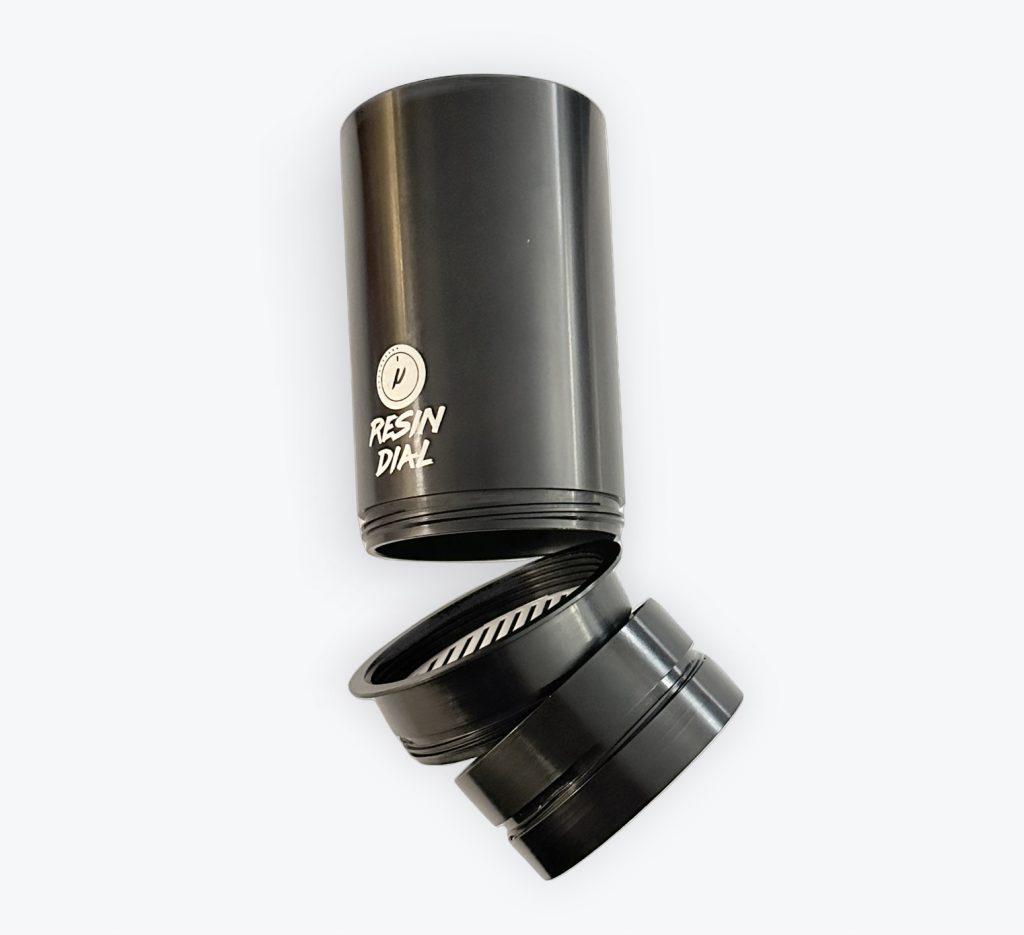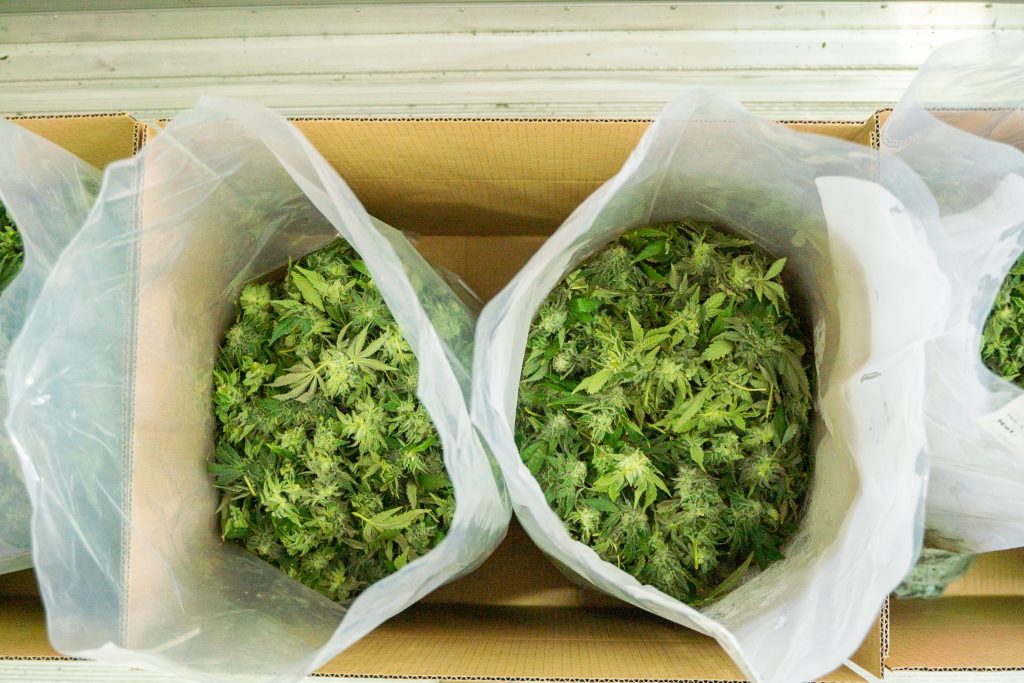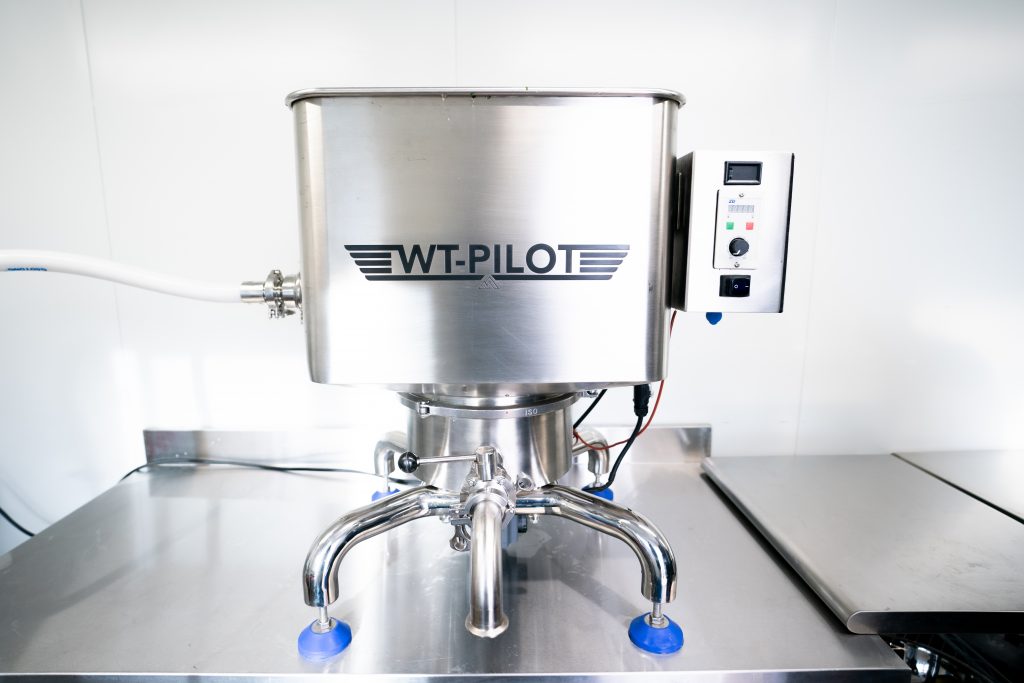As cannabis flowers mature into their final stage of development and harvest approaches, the real fun begins. By fun, we’re referring to the different qualitative and quantitative tests that can be done to evaluate a cannabis cultivar’s resin producing capabilities.
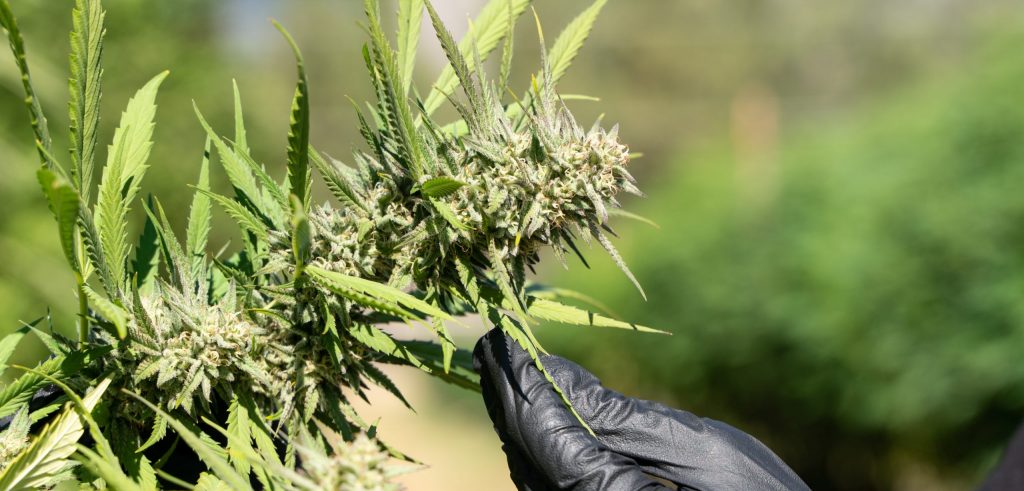
In this blog, we will examine how to scale testing. Then, we will discuss what data can be analyzed to determine which cannabis cultivars to keep in rotation and which don’t quite make the cut.
If you haven’t already, check out the first blog of this series, How to Select the Right Cannabis Genetics, to ensure you’re working with the best starting material. And don’t miss part 2, Cultivation, for best practices to help those genetics thrive.
Test Wash Protocols
The Shake Jar Test
To begin, our initial method for evaluating a cultivar’s performance in solventless extraction is the shake jar test.
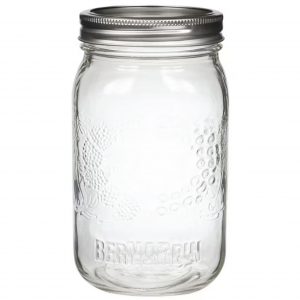
For this test, we start with a 1L wide-mouth mason jar. First, fill it to about ¾ full with chilled water. Then add 20-40g of fresh cannabis biomass. You can freeze the biomass beforehand if preferred. Just remember, it’s important to remain consistent across all tests to accurately compare results.
Next, shake the jar with your cannabis flower for a consistent time (1-3min). Then, let the material settle. Once settled, compare the yield and resin colour by inspecting the bottom of the jar.
There will be a ring of trichomes at the bottom of the jar. If you’ve tested different plants, the rings will likely vary in thickness.
For some, this is where the testing ends. We like to dive deeper.
The Resin Dial
The Resin Dial™ is a handy device. It is designed to sieve and classify the trichomes extracted from the shake jar test.
Using the Resin Dial™ allows you to determine which micron size most of the plant’s yield will concentrate. The top cannabis cultivars for solventless extraction will have the majority of their trichomes fall within the 70-149μ range.
Our favourite feature of this tool is that the filters are removable. They can be removed from the stainless steel housing and placed directly onto freeze dryer trays.
When working with small quantities of material, trichome losses from filter bags and collection tools can significantly impact results. Minimizing these losses helps ensure more accurate data for comparison at the end.
Evaluating a Cannabis Cultivar's Rosin Yields
In addition to analyzing trichome output, you should also assess rosin yields from your experiment. This is a key factor in evaluating a cannabis cultivar’s performance.
To do so, after using the Resin Dial™ to classify your harvested trichomes, freeze dry them.
Depending on your production goals, it’s important to consider both the potential trichome output per square meter in the garden, and the rosin output per square meter.
While the shake jar is a useful early stage test, we don’t rely on it alone to determine our cultivar selections.
Instead, we use it to help prioritize larger-scale testing after all test plants are harvested and frozen.
Reliable Testing for Data-Driven Production Decisions
For testing that will be used to make data-driven production decisions, we recommend running 2-5 kg of fresh frozen material in a machine wash system.
In the past, we’ve observed batches that failed the shake jar test perform better than expected. In some cases, they outperformed the batches we initially believed would be successful, based on the test.
Using a machine allows us to maintain consistency across test washes, ensuring we gather reliable data for our decision-making.
WT-PILOT
To achieve reliable results in our processes, we recognize the importance of using a machine that ensures consistency across test washes.
Whistler Technologies identified a gap in the solventless market for a small-scale system that could collect accurate data across test washes. At the same time, it needed to meet the highest standards of build quality.
Enter the WT-PILOT.
We designed this system with a GMP-compliant and sanitary design, to ensure reliability and safety. The WT-PILOT provides solventless operations with a reliable solution for conducting pilot-scale projects, such as phenotype hunting and business validation.
Whether an operation requires a reliable system designed to handle smaller batches at multiple runs per day, or a machine that will give them accurate data that can be scaled up, the WT-PILOT is the ideal solution.
Expertly engineered by our team, the WT-PILOT features the same build quality, sanitary design, and innovative features that our systems are renowned for. Additionally, it comes with support from our expert team, ensuring you have the guidance you need for success.
Given how time consuming and costly cultivar evaluations can be, it is crucial to be efficient and work with good data so the best decisions can be made for operations.
In our final blog post in this series, we will describe the criteria we evaluate and how to make decisions for scaled commercial production.
We encourage our readers to reach out to us to let us know where they sit with their own criteria for cultivator decision making.

